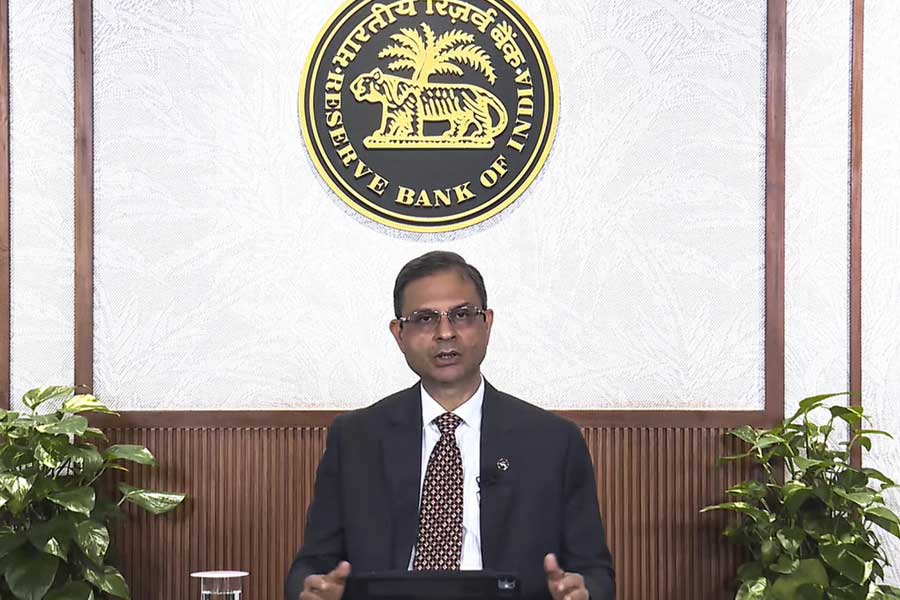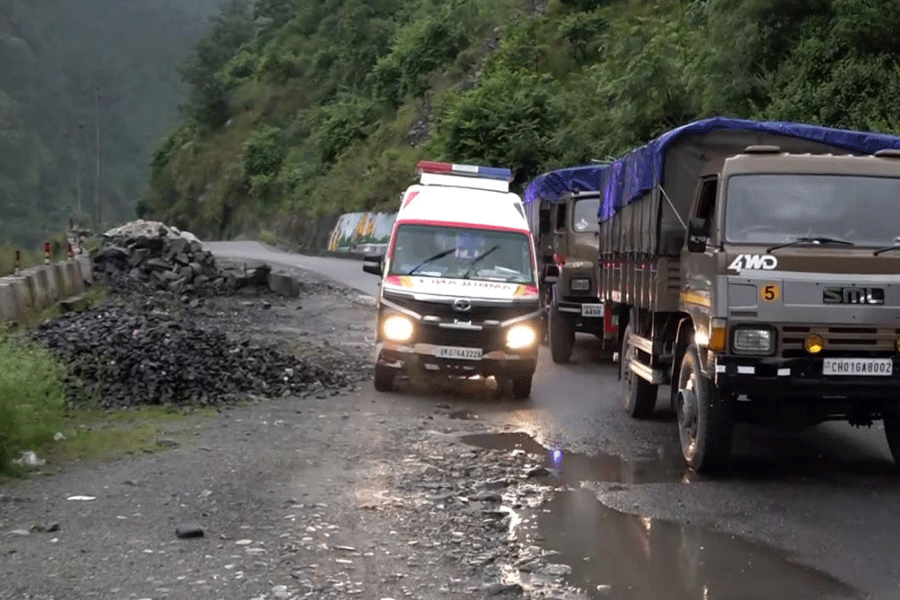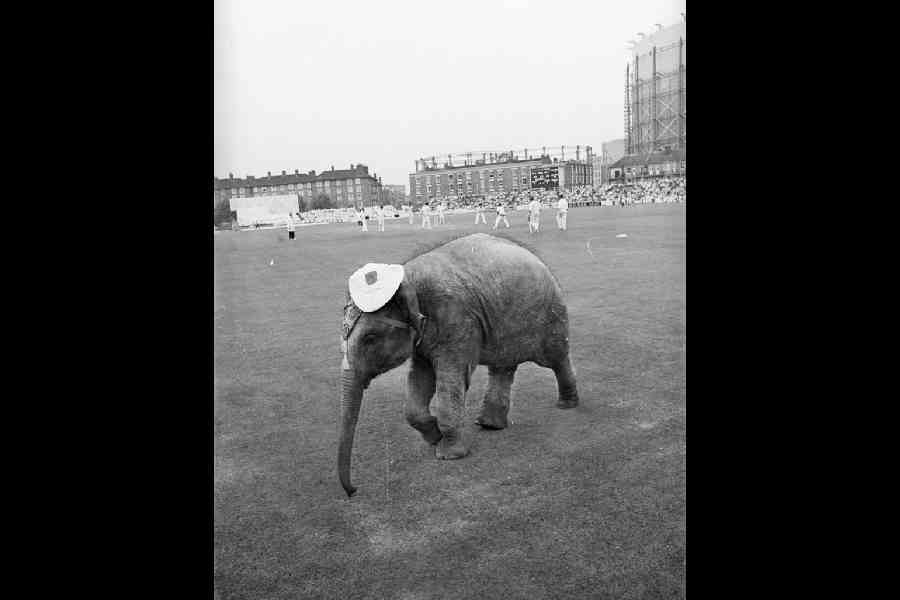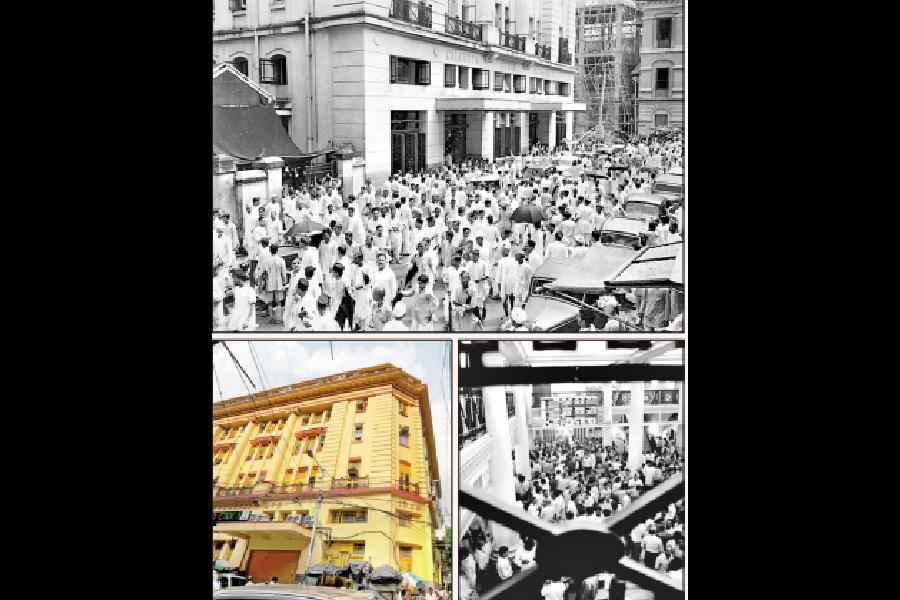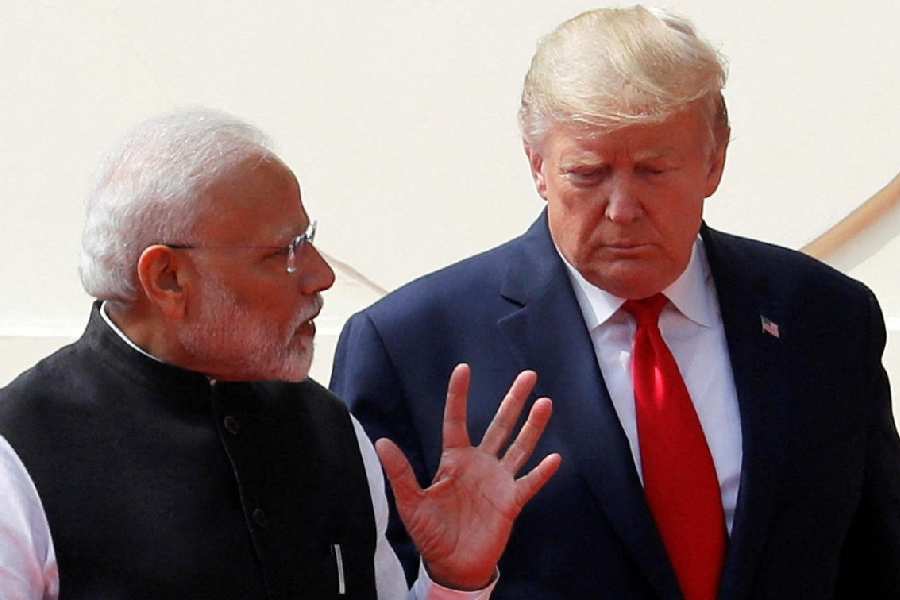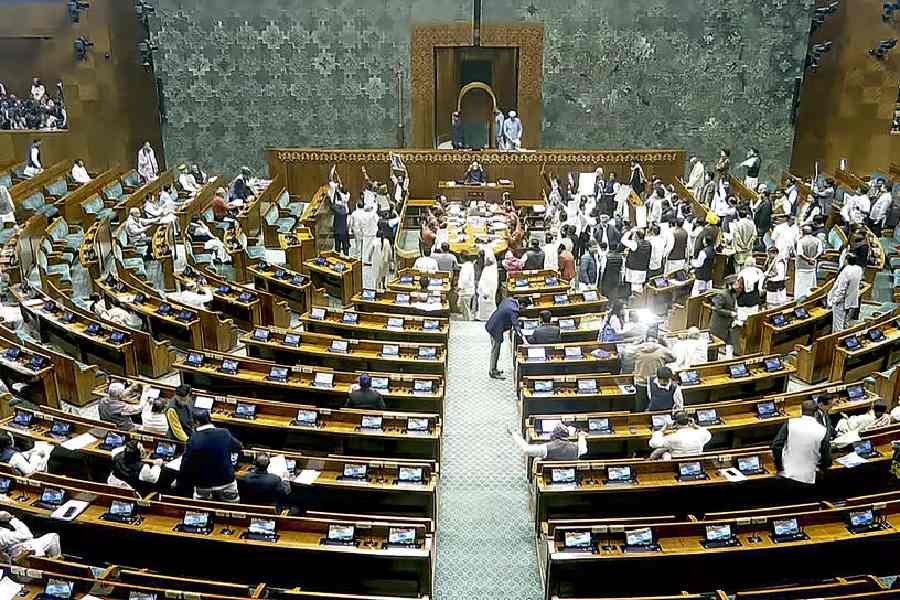 |
| Forest officials work with GPS technology in Kokrajhar |
July 14: A new technology will enable forest officials of Bodoland Territorial Council to make decisions faster and handle queries better.
The Centre for Development of Advanced Computing (C-DAC), an autonomous organisation under the ministry of information and technology has developed a customised software called “Aranya” for the BTC forest department officials. The software will assist the field managers to store global positioning system (GPS)-recorded data to help them take care of the queries related to habitat suitability analysis among others.
The new technology had become a necessity as the forest officials were finding it difficult to make quick decisions owing to the lack of a database. Moreover, during the Bodo agitation, some goons had destroyed several maps and files.
“To recreate boundaries and information from scratch is a difficult task. Paper maps were scattered and in a worn-out condition. The problem was further complicated by the re-demarcation of boundaries with the formation of Bodoland Territorial Areas District (BTAD) in 2005,” Sonali Ghosh, the divisional forest officer, Kokrajhar, said.
The C-DAC is primarily a research and development institution involved in the design, development and deployment of advanced information technology-based solutions.
The centre has developed and supplied a range of high performance parallel computers, known as the PARAM series of supercomputers.
A training-cum-stakeholder workshop to sensitise 25 range officers from 7 forest divisions under the BTC area about the new technology was organised on July 8-9 by the working plan division, Kokrajhar.
The forest department of BTC had approached the C-DAC for this purpose and a collaborative project titled “Comprehensive spatial decision support system for forest management in BTAD” between the working plan division and the organisation was developed.
A spatial decision support system is an interactive, computer-based system designed to support a user or a group of users in achieving a higher level of effectiveness in decision-making.
The official said the project had taken a unique approach by bringing the existing forest division maps, etc for the BTC into the Geographic Information System’s (GIS) domain.
The technology uses open-source GIS software, which is downloaded free of cost from the Internet and therefore involves minimal cost for the user agency.
“The latest images from Indian satellites for the BTC area will be used to assess the forest cover and mapping for the region,” the official said, adding that everything would now be available at the click of a button.
The first version of “Aranya” was demonstrated during the workshop and feedback taken from the participants.
Another official said as technology was an unavoidable tool, the officials would have to get accustomed to it for greater benefits so that it makes work easier.
“With this we are now moving towards scientific wildlife management in the BTC area”, the official said.
The officials of the organisation introduced the participants to remote sensing and its applications in working plan preparation, geographical information system (GIS) and its capabilities, apart from GPS survey, digitisation, etc, during the workshop.





